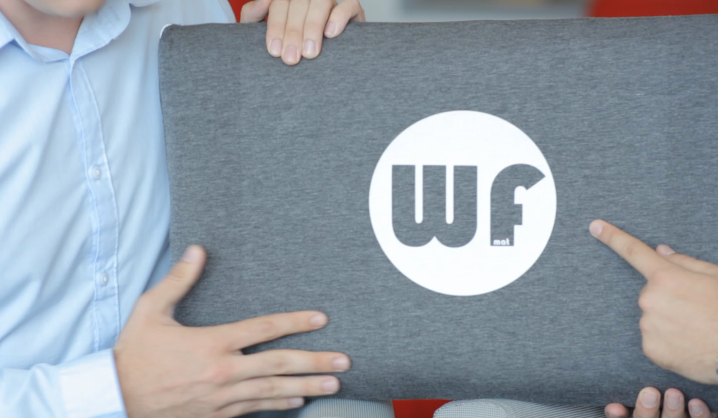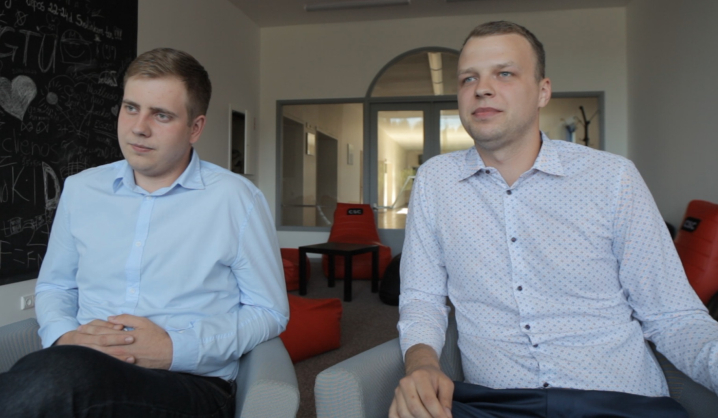Home
For international students
Forget unpleasant bathroom situation with this VGTU student invention
- Programmes in English 2025/2026
- Admission 2024/2025 Scholarships
- For exchange students
- Free Movers
- Transfer studies
- Erasmus+ studies and traineeships
- Mentor programme
- Student testimonials
- Accommodation
- Career Services
- Medical Care
- Immigration Regulations
- Leisure and Student Activities
- Useful information
- VILNIUS TECH for Creators of Tomorrow
- Mental and spiritual support
- Representatives Abroad
- Contacts
- Computer Engineering

2016-08-03
Forget unpleasant bathroom situation with this VGTU student invention
VGTU students came up with a solution for an unpleasant daily situation familiar to most of us - wet bath mat. “People even have fights about it at home, like who left it lying around wet. Or if it is hanging and drying – you find yourself standing barefoot on cold floor.” – noticed two former students of VGTU Faculty of Mechanics, Benas Garbinčius and Tadas Kaminskas, who invented a heating self-drying bath mat „Warm Feet Mat“.

According to Benas and Tadas, alumni of VGTU Industrial Engineering and Management, their designed mat works almost like heated floors: “There are weight sensors in the mat, activating continuous 15 minute heating cycle when someone stands on it. There is an element and cable providing heat to the mat. The mat is charged with a simple mini-USB charger, so in case you loose it, you can just use your phone charger“, – said T. Kaminskas. According to him, the mat is fully charged in 8–9 hours, and if two people taking shower twice a day would use it, they could use a fully charged mat for one week.
B. Garbinčius stressed that there is no such product currently on the market. „The main difference from our competitors is that our mat is electric cable free and chargeable. This means no danger for safety with no cables lying around on wet floor“, – said Benas Garbinčius.
Everything related to the invention was self-created: Wi-Fi heating mechanism, mat case made of heat-protecting materials, and the logo. All the needed parts were bought in Lithuania, except for a box for electronic components, which they printed with a 3D printer using self-made drawings. The prototype of the product was created at the university and presented as a part of final bachelor thesis.
“We were very much inspired by the fact that the theoretical knowledge received at the university will be used creating a real product. We want to keep improving the mat. Now we seek financing for further product development, preparation for the mass production and proper delivery to the market”, – B. Garbinčius shared their plans. For the time being, Benas and Tadas are working on a professional promotional video, that they will use to attract investors, i.e. on crowd funding sites such as kickstarter.com.











